3D Photo Sculptures by Osang Gwon
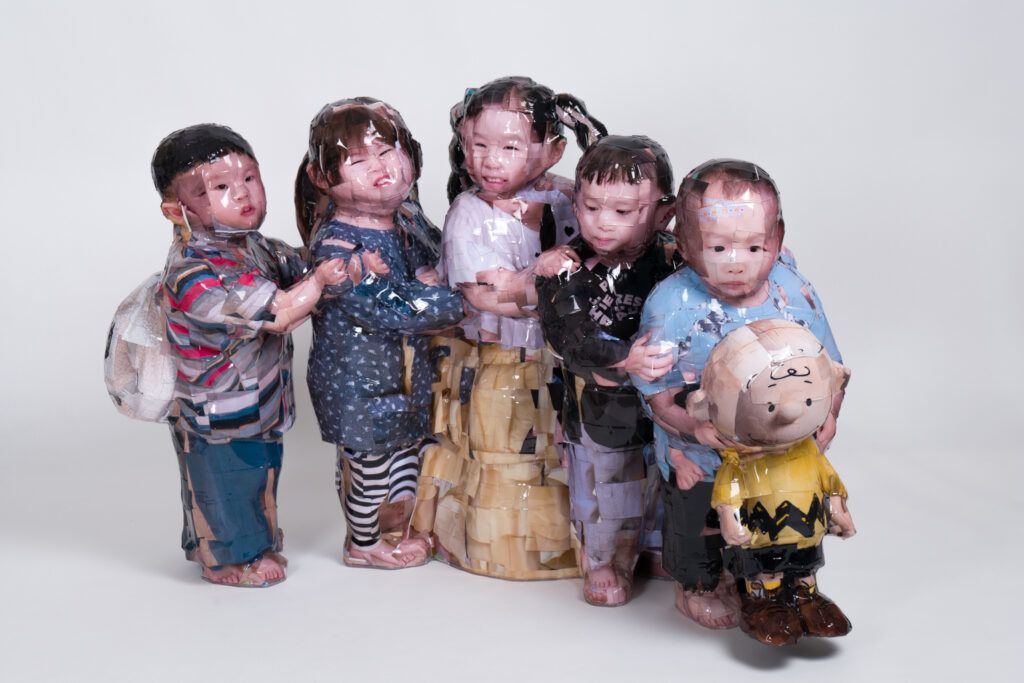
Usually this works the other way around: people take photographs of sculptures as a way to capture an image of a whole. Osang Gwon has inverted that artistic convention, however, by sculpting figures piecemeal from fragmented photographs.
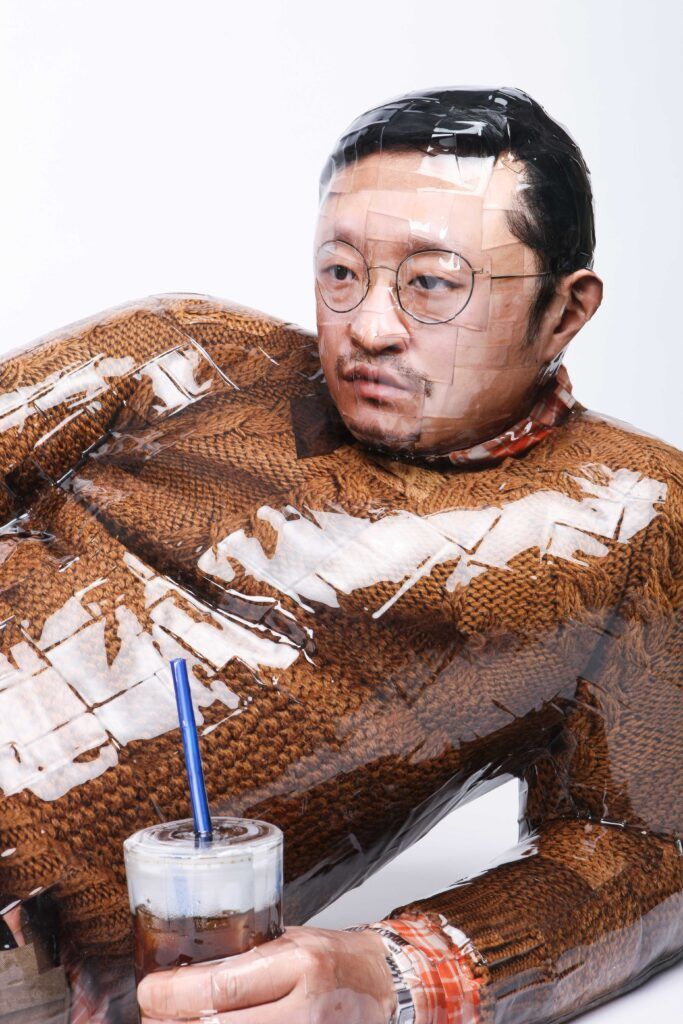
There is a playfulness and inherent imperfection to the way these are assembled as well, defying the tradition of finely finished and perfectly crafted sculpture.
Despite critical insistence that his work is something new, a kind of “three-dimensional photography,” the artist insists it is merely another form of sculpture.
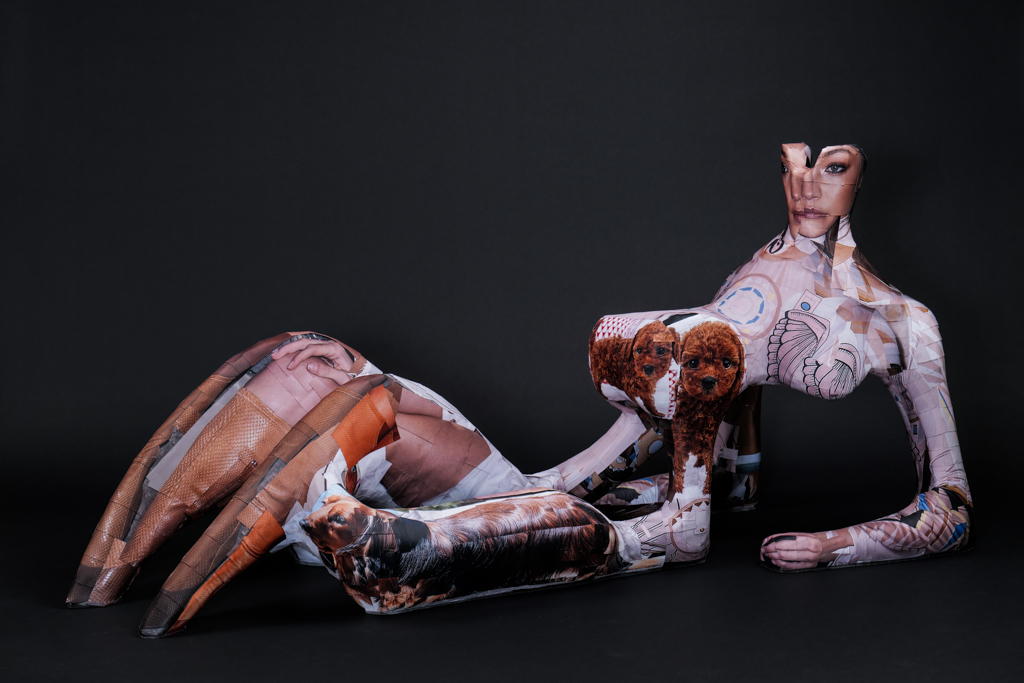
Regardless of what people call it, however, this artist has continued to experiment with works that blur the boundary between sculpture and photograph, insisting that there are many parallels between these historically disparate art forms.
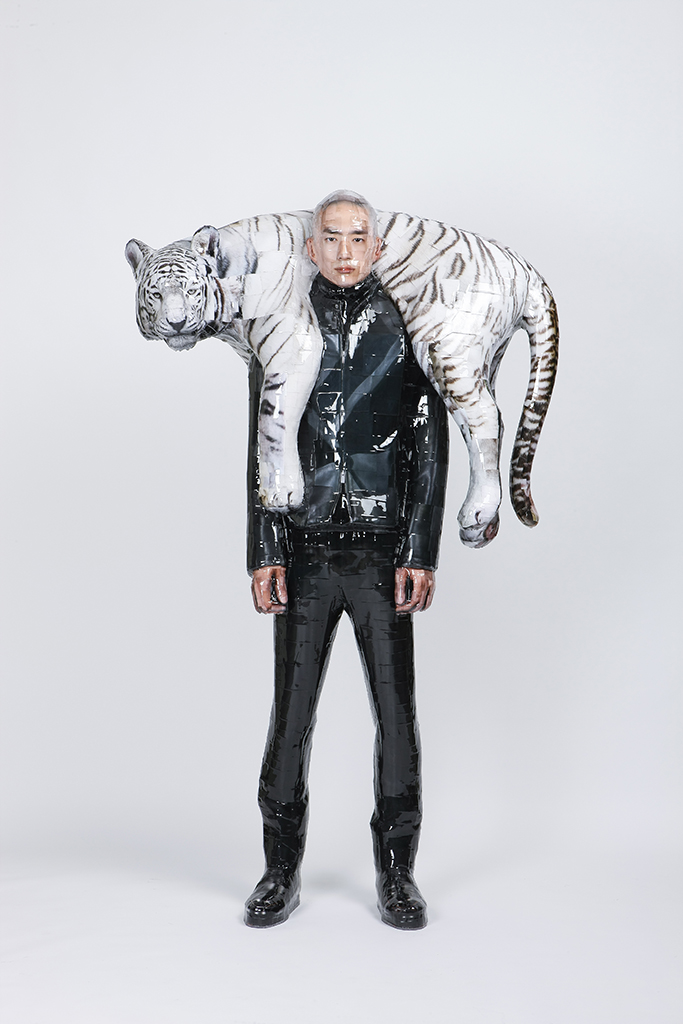
Born in 1974, the Korean artist is one of Asia’s rising stars. You might not guess it from looking at his work, but he takes a lot of inspiration from classical sculpture for his poses and structural tricks like strengthening weak structural areas like the ankle of a figure by adding objects around it, like the grapes, animals or draped fabric you’d see in a Greek marble statue.
The Artling asked Gwon about how he got started with this unusual medium.
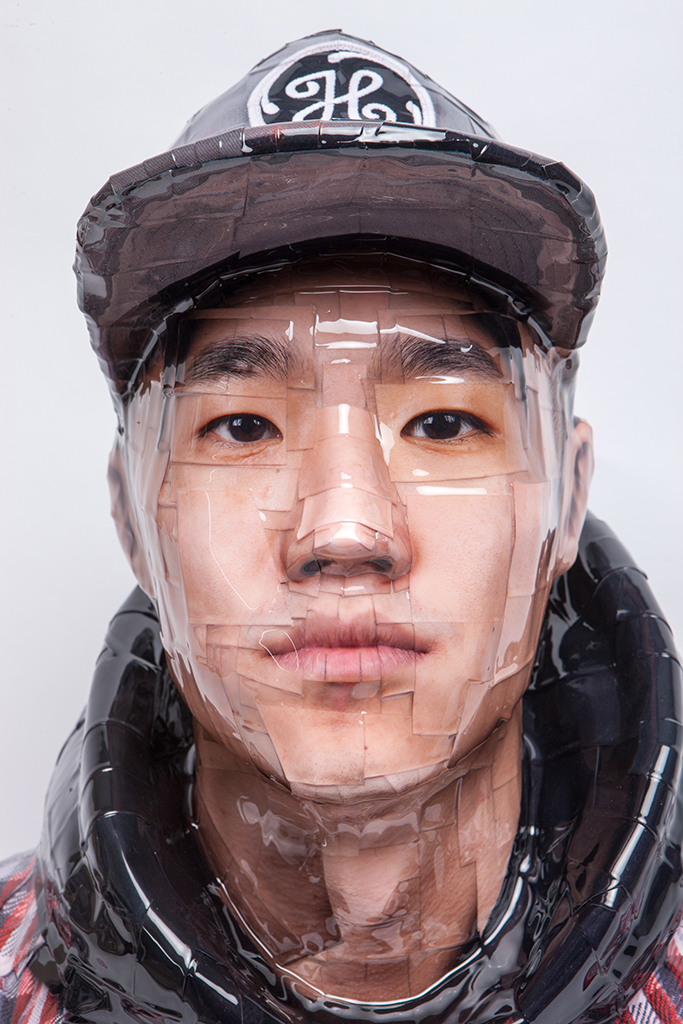
“I started the Photo-Sculpture, the so-called Deodorant Type series, to make easy and light sculptures by using photographic papers, to be free from heavy and complicated traditional media. As photographs are invented from paintings, it is one of the mediums of two dimensions. My works have toed the line between the two-dimensional and three dimensional. However, the origin of my works is still from sculptures, from the three dimensional.”

“I hope that the works are visually figurative, but their meanings are abstract. The external methods could be cognitive in that the methods are similar to the study of traditional sculptures or paintings. The subject matter ranges from everything I encounter online and off-line, as a man born in metropolitan city, and they are always driven by the questions on sculpture itself or on the history of sculptures. “




